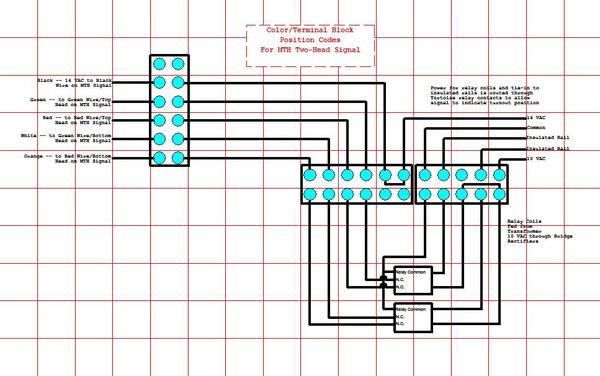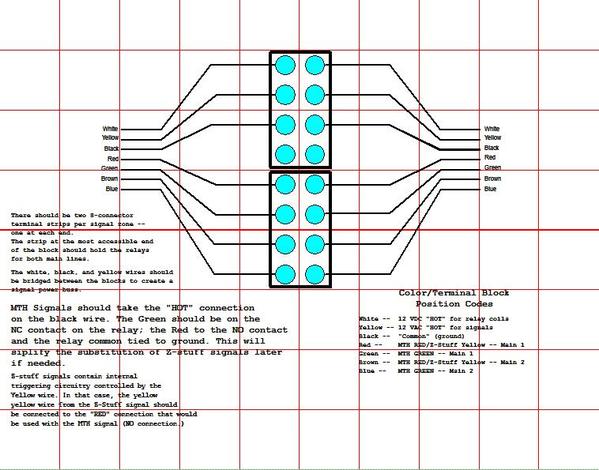SJC, I used MTH Crossing Gates (2 pair) and an MTH operating Semaphore (scale size) on my small Halloween layout, and like them very much, both in appearance and performance. I used the insulated rail method, and a Z-Stuff for trains DZ-1008 relay. I like the insulated rail method, because you can place your activation boundaries exactly where you want them. I haven't used the Z-Stuff for trains infra-red detection system, but my understanding of it, is that if your trains are shorter than your block, and not in front of an IR detector, you may get a false signal reading, that may or may not be important to you. With insulated rail detection, if a car or locomotive is any where in the block, it will be detected.
Dave Hikel at www.hikeltrains.com is very helpful, and has some very easy to understand wiring diagrams for some of the signals and crossings. Some of the wiring hook ups seem counter-intuitive, connecting Red wires to Black for example, and hard as it was to accept, I followed the diagrams and everything worked properly.
Doug








